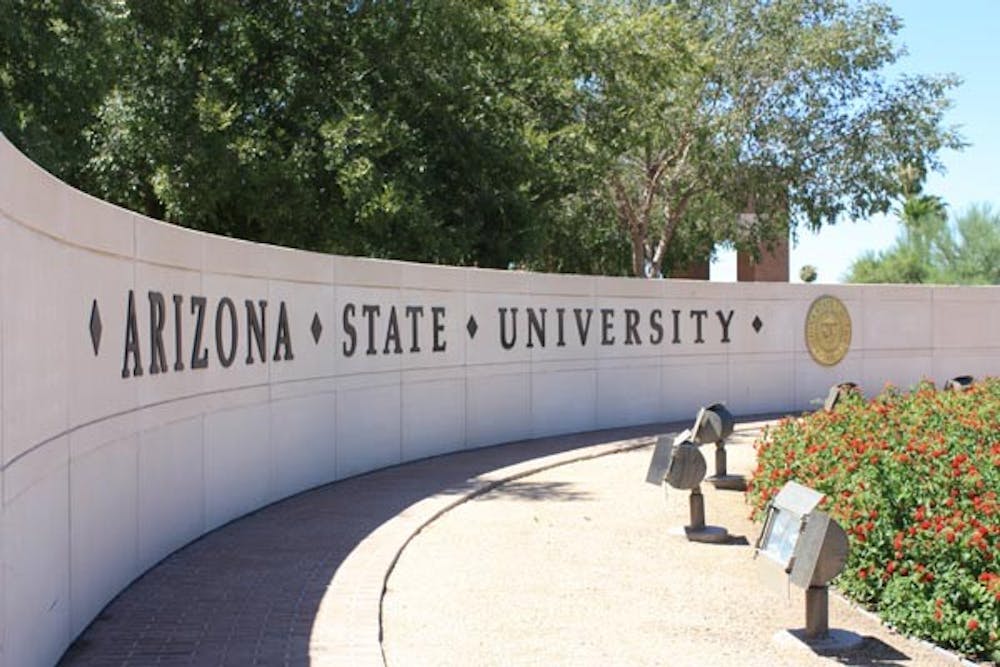An interstate tuition program at ASU’s West campus is helping attract more out-of-state students to the New College.
The Western Undergraduate Exchange program, which started in 2009, allows freshmen and transfer students in 14 Western states, like California and Colorado, to pay about $12,000 a year in tuition for all four years at the West campus, said Elizabeth Langland, the dean of the New College of Interdisciplinary Arts and Sciences.
The West campus has struggled with enrollment in recent years after rumors that the school might close because of budget cuts, Langland said.
When several degree programs, including nursing and criminology, moved to the Downtown campus in fall 2008, it also hurt enrollment. However, the tuition program has helped turn this trend around, Langland said.
Out-of-state students not eligible for the program pay about $20,600 a year in tuition to attend the West campus, according to ASU’s online tuition cost estimator.
This year, 140 of the 600 new students at New College for Interdisciplinary Arts and Sciences are out-of-state students, Langland said.
The program is available to students seeking degrees within the New College of Interdisciplinary Arts and Sciences at West and to Polytechnic students within certain majors in the College of Technology and Innovation and the School of Letters and Sciences.
Two degree programs at The College of Public Programs on the Downtown campus also participate.
Langland said 70 percent of the students enrolled in the New College are first generation college students. She added that this interstate tuition program is allowing the New College to be more geographically diverse.
Students from California are especially attracted to this tuition program, said David Burge, the director of undergraduate admissions.
California’s budget cuts have forced their state universities to cut back on the number of students they can admit, he said. Out of the 140 new out-of-state students, 64 were from California, Langland said.
“More students are starting their search outside of California,” Burge said.
It is up to the individual college whether they participate in the program and that depends on their enrollment goals, Burge said.
Even if the student is interested in a field of study that doesn’t offer the tuition exchange program, “it is a way to start the conversation about ASU,” Burge said.
The West campus student government President Daniel Hatch said the effect of the program could be seen on campus.
“We currently have a large out-of-state population and it is amazing to sit in a class next to a student from New York and another from California,” Hatch said.
Reach the reporter at mary.shinn@asu.edu





